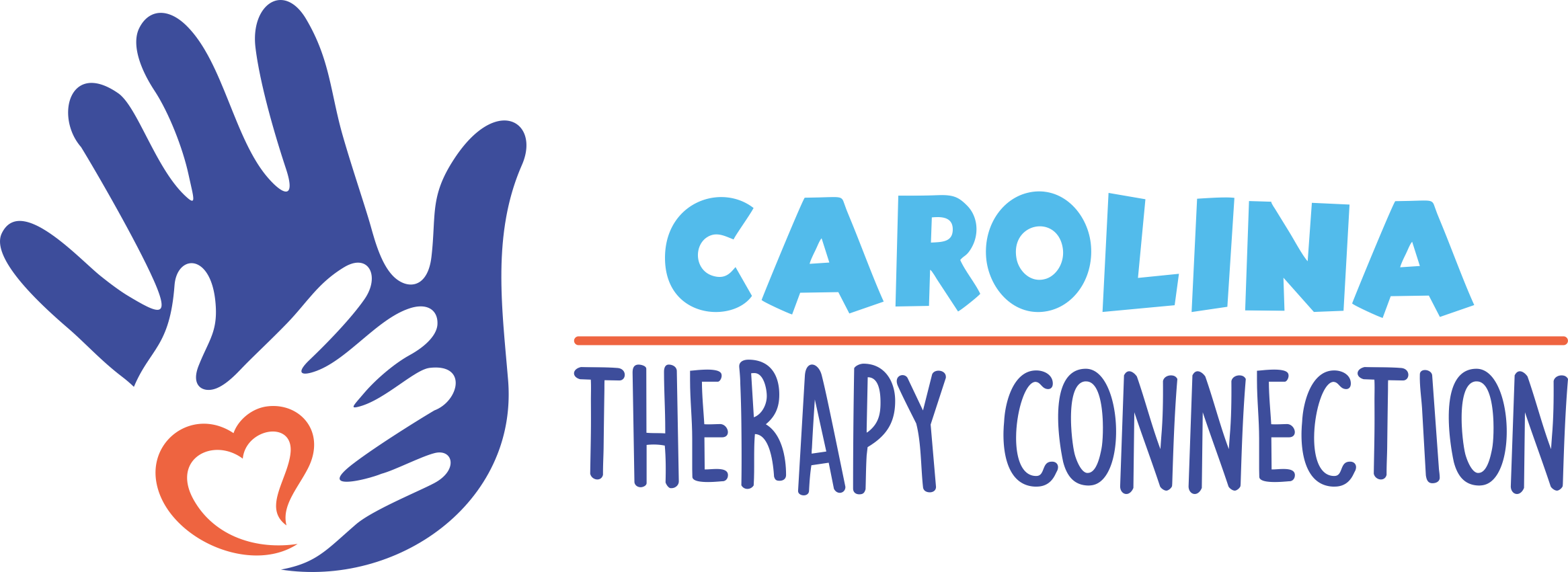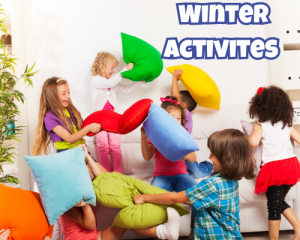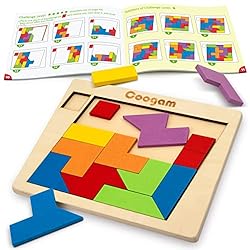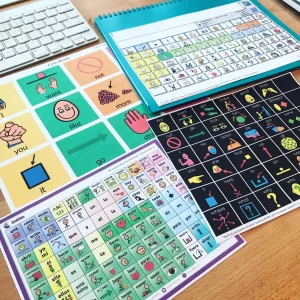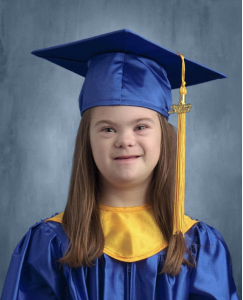In today’s fast-paced world, children face many challenges that can impact their mental well-being. From academic pressures to social dynamics, the stressors they encounter can take a toll on their emotional health. As parents and caregivers, it’s essential to recognize the signs of mental distress in children and provide them with the necessary support to thrive.
At Carolina Therapy Connection, we understand the importance of nurturing childhood mental wellness from an early age. Our comprehensive counseling services are designed to address various issues, empowering children to develop coping mechanisms and build resilience for life’s challenges.
Understanding Childhood Mental Wellness
Childhood is a crucial period for mental development. It’s a time when children form their perceptions of the world and learn how to navigate their emotions. However, factors such as family dynamics, peer relationships, academic pressures, and societal expectations can influence their mental health.
As children grow and develop, they may encounter difficulties that affect their emotional well-being. These challenges can manifest in various ways, including:
- Behavioral Changes
- Sudden changes in behavior, such as increased irritability, withdrawal, or aggression, may indicate underlying emotional struggles.
- Academic Decline
- Difficulty concentrating, declining academic performance, or reluctance to attend school could be signs of anxiety or other mental health issues.
- Physical Symptoms
- Headaches, stomachaches, and other physical complaints without underlying medical causes may be linked to stress or emotional distress.
Recognizing these signs early on is crucial for addressing children’s mental health needs and preventing further complications.
The Role of Pediatric Therapy in Promoting Mental Wellness
Pediatric therapy plays a vital role in supporting children’s mental wellness. Our team of skilled therapy providers specializes in working with children and adolescents, providing a safe and nurturing environment for them to express their thoughts and feelings.
Through evidence-based therapeutic techniques tailored to each child’s unique needs, we help them:
- Develop Coping Skills
- Children learn healthy coping mechanisms to manage stress, anxiety, and other emotional challenges.
- Build Resilience
- Children develop resilience to bounce back from setbacks and adversities by fostering a sense of self-esteem and self-efficacy.
- Improve Communication
- Effective communication is key to expressing emotions and resolving conflicts. Our therapists help children improve their communication skills, both verbally and non-verbally.
- Strengthen Relationships
Healthy relationships are fundamental to children’s well-being. We work with families to improve communication and strengthen familial bonds.
Promoting Childhood Mental Wellness for a Brighter Future
At Carolina Therapy Connection, we believe every child deserves the opportunity to thrive emotionally and socially. Promoting mental wellness from an early age lays the foundation for healthier, happier futures.
If you’re concerned about your child’s emotional well-being or want to learn more about our counseling services, we’re here to help. Contact us today to schedule a consultation with one of our experienced pediatric therapists.
Together, we can empower children to overcome obstacles, embrace their strengths, and live fulfilling lives. Let’s work together to nurture their mental wellness and unlock their full potential.
